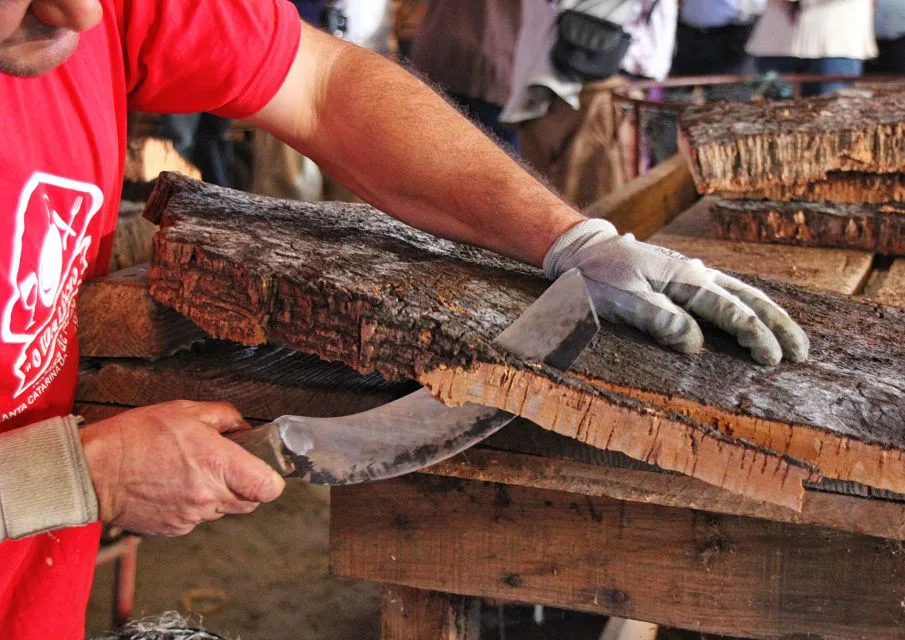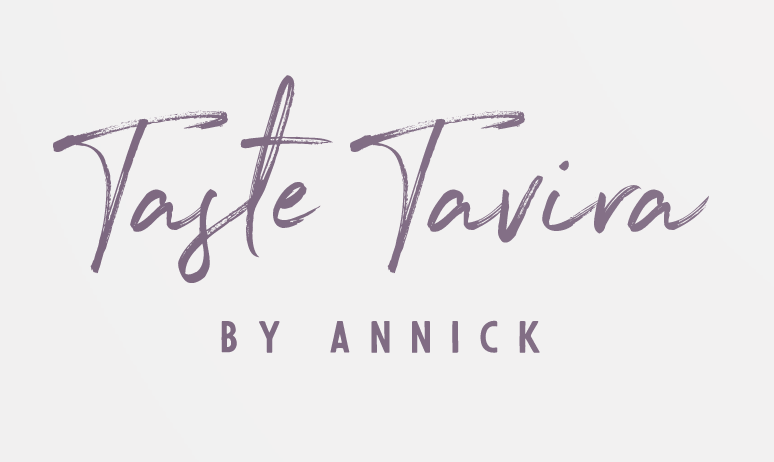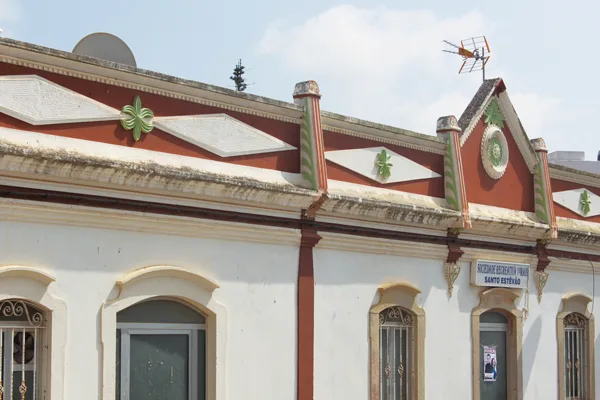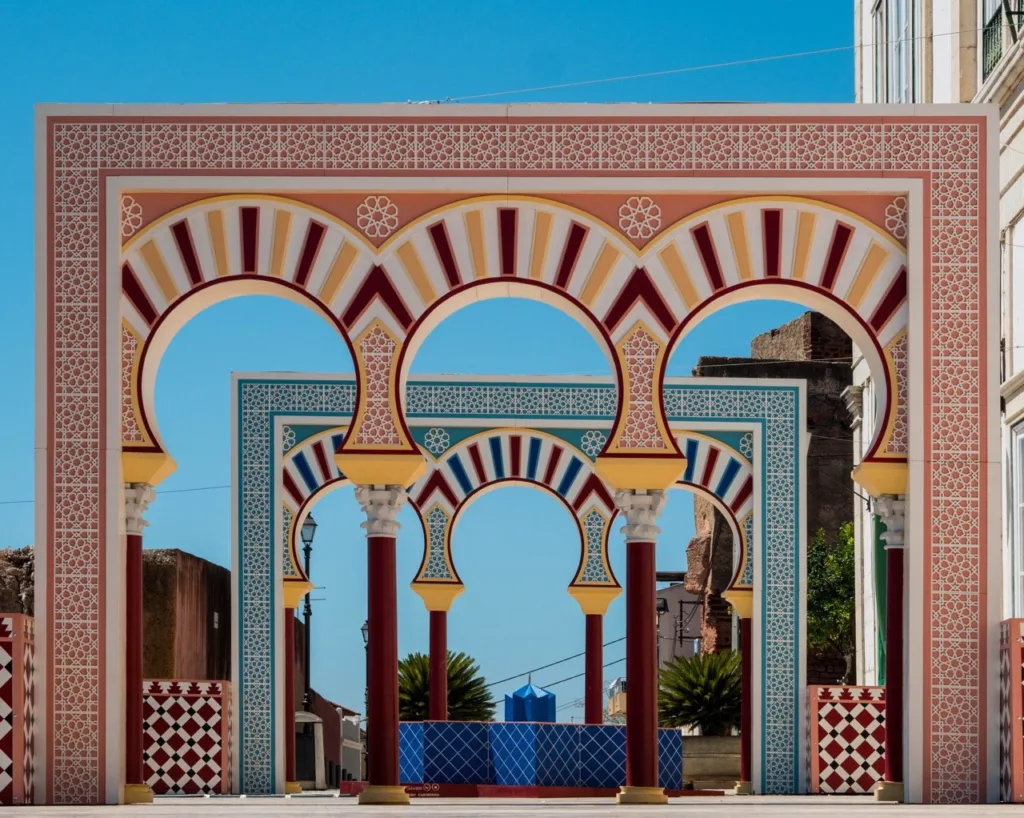Wander through the soul of the Algarve with a walk among cork oaks — Portugal’s “green gold.” If you’ve strolled through the shops of Tavira, you’ll have noticed the many items crafted from cork: bags, wallets, hats, and even umbrellas. But behind these stylish souvenirs lies a centuries-old rural tradition, best discovered on foot.
The hills around São Brás de Alportel and Santa Catarina da Fonte do Bispo are dotted with cork oak forests. Here, the bark is still harvested by hand in a sustainable cycle that has shaped both the landscape and the local economy. Walking trails through these areas reveal quiet paths shaded by twisting trees, where the rhythm of nature sets the pace. These routes are particularly appealing in spring and autumn, when the weather is ideal for hiking and photography.
One of the best places to deepen your understanding of cork is the Eco-Cork Factory of Francisco Carrusca , located near São Brás. This small but innovative facility offers guided tours that explain the process of cork harvesting and transformation. Visitors can also join hands-on workshops or — for those seeking an even more immersive experience — take part in “walk & meditative yoga” sessions among the trees. More information eco-corkfactory.com
For those with a curiosity for craftsmanship, these tours offer an authentic insight into rural Portugal, far removed from the beaches and golf courses. From the earthy scent of freshly cut cork to the quiet beauty of the montado landscapes, these trails and visits leave a lasting impression.
Bring water, wear good shoes, and don’t forget your camera — the cork oak trails offer a slow and sensory journey into one of the Algarve’s most iconic traditions.








